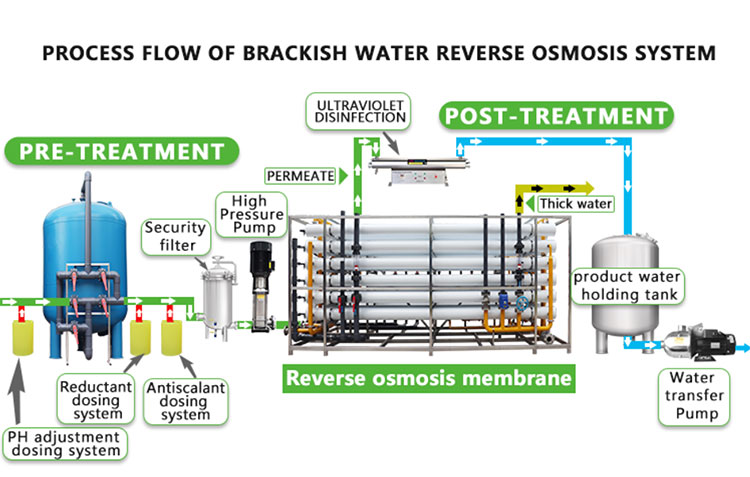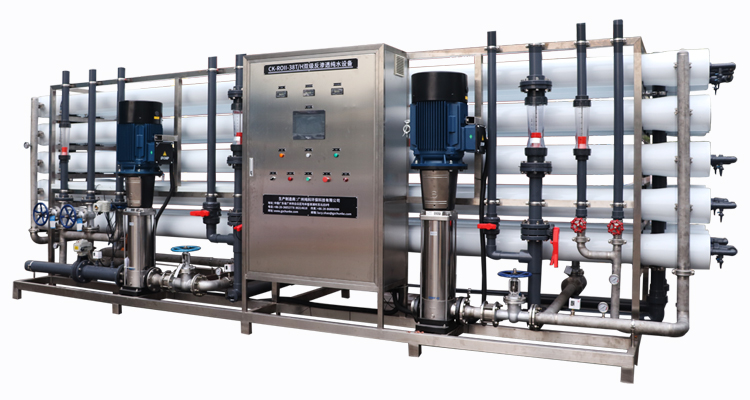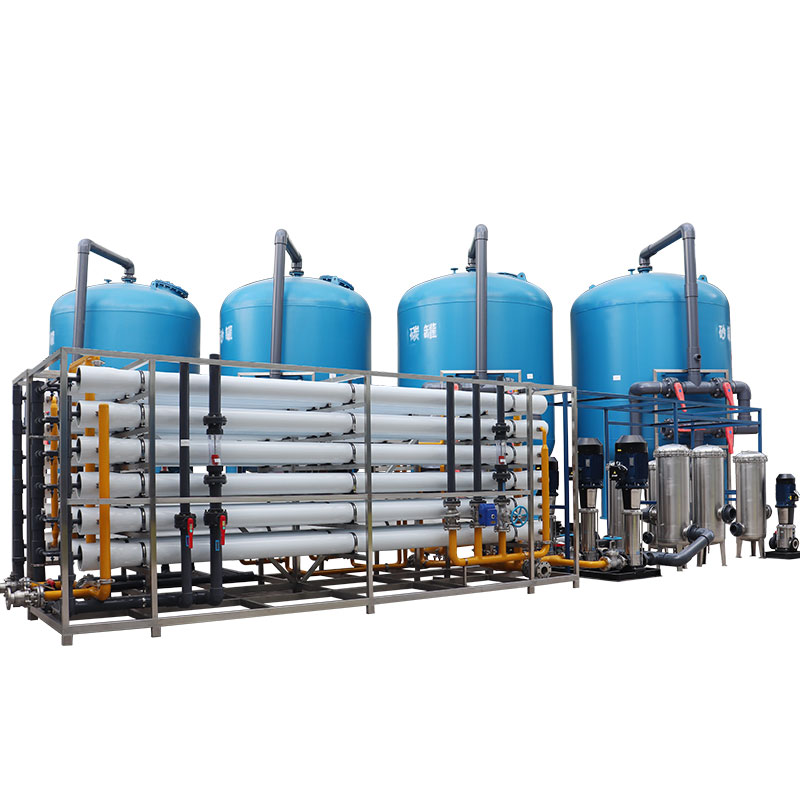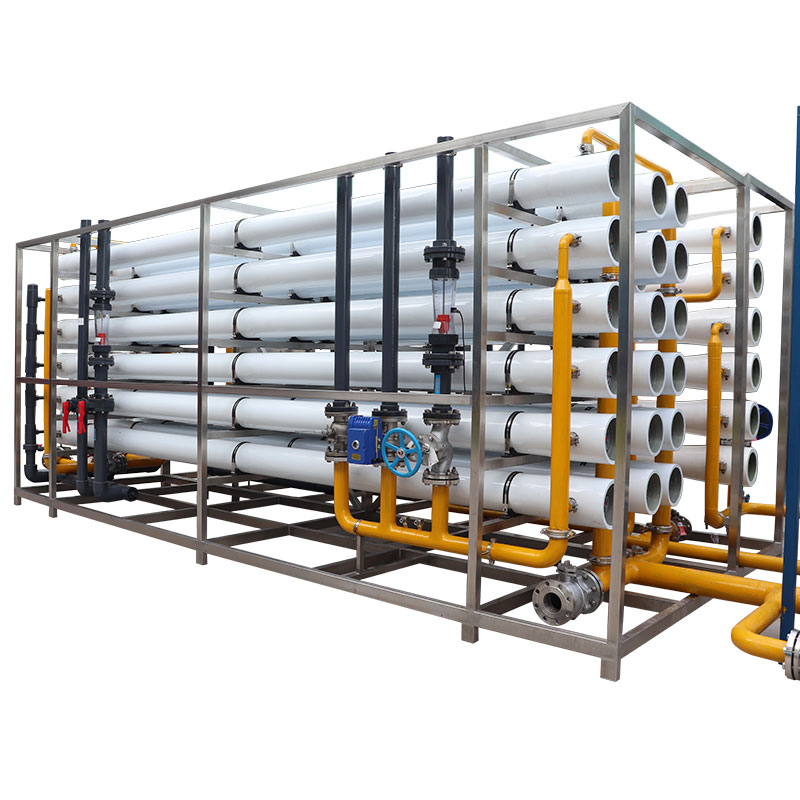Are softeners effective for salt water? Are there any water softeners specifically for salt water?
In modern water treatment technology, softeners are a common device that is mainly used to reduce the hardness components in water and prevent scaling of pipes and equipment. However, how effective are softeners for salt water? Are there any water softeners specifically for salt water? This article will explore these questions in depth.

What is a softener?
A softener is a water treatment device that reduces the hardness of water by exchanging ions. The main components of hard water are calcium ions (Ca²⁺) and magnesium ions (Mg²⁺), which will form scale during heating or evaporation. The softener uses sodium ion (Na⁺) exchange resin to replace calcium and magnesium ions in water with sodium ions, thereby reducing the hardness of water.
How does a softener work?
The core part of the softener is the ion exchange resin. When hard water passes through the resin layer, calcium and magnesium ions are adsorbed on the resin and sodium ions are released at the same time. After this process, the calcium and magnesium ions in the water are removed and become soft water. When the sodium ions on the resin are exhausted, the resin needs to be flushed with brine (sodium chloride solution) through a regeneration process to replenish the sodium ions.

How effective is the softener for brine?
Softeners are primarily designed to treat hard water with high concentrations of calcium and magnesium ions, so how effective is it for brine?
1. Composition of brine:
Brine, as the name implies, is primarily composed of sodium chloride (NaCl), and usually has low concentrations of calcium and magnesium ions. This means that brine itself does not need to be softened because its hardness components (calcium and magnesium ions) are already low. The working principle of the softener is to replace calcium and magnesium ions with sodium ions, and there are already a lot of sodium ions in brine, so the softener has little effect on brine.
2. Application of the softener in brine:
Although softeners do not have a significant softening effect on brine, in some cases, softeners can be used in the regeneration process of brine treatment. For example, in some industrial applications, brine can be used to regenerate exhausted ion exchange resins to restore their ability to soften hard water.

Is there a special water softener for brine?
Although traditional softeners are not suitable for treating salt water, there are specialized equipment for treating salt water in some specific industrial and environmental applications. These equipment are generally used for desalination, salt water purification, and specific industrial processes. Here are some common salt water treatment equipment:
1. Reverse Osmosis (RO) System:
The reverse osmosis system is a highly efficient salt water treatment equipment widely used in seawater desalination and high salinity water treatment. The RO system removes dissolved salts and other impurities from the water through semi-permeable membrane technology to produce pure water. Although the reverse osmosis system is not a softener, it is very effective in treating salt water.
2. Electrodialysis (ED) Equipment:
Electrodialysis equipment separates ions in water through the action of an electric field. ED equipment is generally used to treat water with high salt concentrations and can effectively remove salt and other ionic components from water. Unlike softeners, electrodialysis equipment can treat high-salinity water sources, including seawater and industrial wastewater.
3. Nanofiltration (NF) System:
The nanofiltration system is similar to the reverse osmosis system, but its membrane pore size is larger and can selectively remove certain ions and organic matter from the water. When treating salt water, the nanofiltration system can effectively remove some salt and harmful substances while retaining the beneficial minerals in the water.

Application examples of salt water treatment equipment
To better understand the application of salt water treatment equipment, here are a few actual cases:
Case 1: Seawater desalination
In coastal cities, fresh water resources are in short supply, and seawater desalination has become an important way to solve the problem of fresh water supply. The reverse osmosis system is the main technology for seawater desalination. It passes seawater through a semipermeable membrane at high pressure to remove salt and impurities and produce drinkable fresh water. For example, the Jubail Seawater Desalination Plant in Saudi Arabia uses reverse osmosis technology to produce millions of gallons of fresh water every day to meet the water needs of local residents and industry.
Case 2: Industrial Wastewater Treatment
Some industrial production processes produce high-salinity wastewater, such as chemical, pharmaceutical and food processing industries. Electrodialysis equipment can effectively treat these high-salinity wastewaters, remove salt and harmful substances, and meet environmental emission standards. For example, a large chemical company in China uses electrodialysis technology to treat production wastewater, effectively reducing the salt and heavy metal content in the wastewater and protecting the local water environment.
Case 3: Agricultural irrigation
In some saline-alkali areas, agricultural irrigation water contains high concentrations of salt, which is not conducive to the growth of crops. Nanofiltration systems can be used to treat irrigation water, remove some salt and harmful substances, improve water quality, and promote the healthy growth of crops. For example, some farms in California, USA, use nanofiltration technology to treat irrigation water, which effectively improves the soil environment and crop yields.
User experience and feedback
Although traditional softeners are not suitable for brine treatment, special equipment for brine treatment has been widely recognized and praised in practical applications. For example, the application effect of reverse osmosis systems in household drinking water purification and industrial water treatment is remarkable. Users generally report that the water quality has been significantly improved, the taste is better, and the equipment runs stably.
Some industrial enterprises using electrodialysis equipment also stated that the treatment of wastewater through electrodialysis technology not only meets the environmental emission standards, but also saves water resources and treatment costs. At the same time, the application of nanofiltration systems in agricultural irrigation has also received positive feedback from farmers, the growth of crops has been significantly improved, and the problem of soil salinization has been effectively alleviated.
Installation and maintenance of brine treatment equipment
The installation and maintenance of brine treatment equipment are different from traditional softeners. Here are some key considerations:
1. Reverse Osmosis System:
● Installation: Reverse osmosis system requires professional installation, including high-pressure pumps, membrane components and supporting pipelines.
● Maintenance: Regularly replace filter elements and membrane elements, check system pressure and flow, and keep the equipment running normally.
2. Electrodialysis Equipment:
● Installation: Electrodialysis equipment requires professional technicians to install and debug, including electrode plates, membrane components and control systems.
● Maintenance: Regularly clean electrode plates and membrane components, check electric field strength and water quality changes to ensure treatment effect.
3. Nanofiltration System:
● Installation: The installation of nanofiltration system is similar to that of reverse osmosis system, and requires professional personnel to connect and debug pipelines.
● Maintenance: Regularly replace filter elements and nanofiltration membranes, monitor water quality and system pressure, and ensure stable operation of equipment.

Summary on whether softeners are effective for brine
Softeners are mainly used to treat hard water, removing calcium and magnesium ions in water through ion exchange to reduce scale formation. However, for brine, a water source with high concentrations of sodium ions, softeners are not suitable. Special equipment is required to treat salt water, such as reverse osmosis systems, electrodialysis equipment and nanofiltration systems, which can effectively remove salt and impurities to meet the needs of different application scenarios.
By understanding different types of salt water treatment equipment and their applications, users can choose the right solution according to their actual needs to ensure water quality safety and efficient use of resources.






